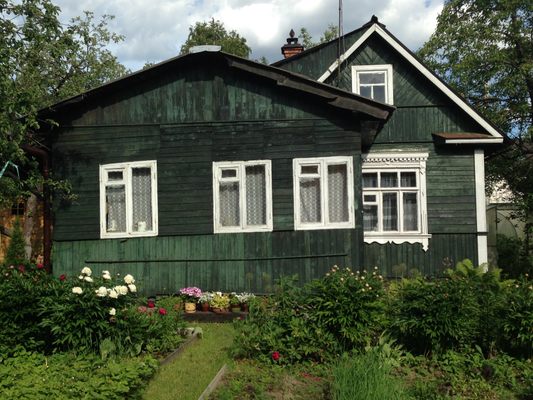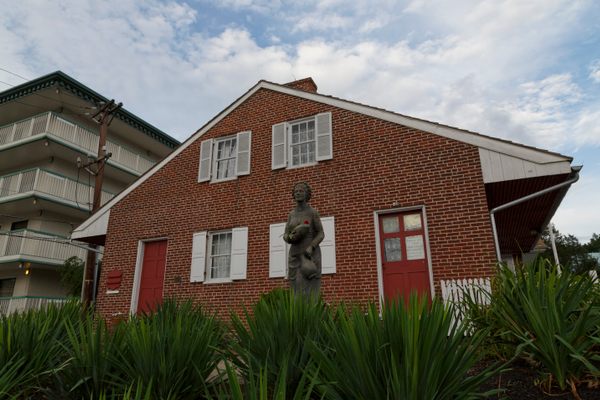About
In the 17th century, Russian Tsars began rewarding loyal landholders with small estates called "dachas" in the country. (The word translates from old Russian to “something given.”) Most dachas were nationalized after the Russian Revolution in the early 1900s, and since then, upper and middle class Soviets have used them for summer homes.
In the 1980s, just before the Soviet Union dissolved, there was a boom in the popularity of dachas. At that point, somewhere around one in three families owned a dacha where they’d spend weekends and escape the heat of the summer. Now it’s estimated that half of all Russian families living in big cities own a second home.
In southern Moscow, one of these ubiquitous summer homes has been turned into a public museum frozen in time. The home is filled with artifacts from the Soviet era. Visitors are served Russian tea in the glasses in old metal holders. They can help make dumplings and borscht, and try vegetables, fruits, and herbs from the garden, an essential part of many dachas.
A tour, guided by the homeowner, Nadia, is designed around the children’s books, records, furniture, dishes, clothes, and technology of the 1950s, '60s, and '70s. Considering the state-guided universality of Soviet life, and Nadia’s knowledge of the history of Russia and USSR, the home provides a very broad experience of Soviet life, and many consider the preserved home in the Moscow countryside a hidden gem.
Related Tags
Community Contributors
Added By
Published
November 1, 2017




























